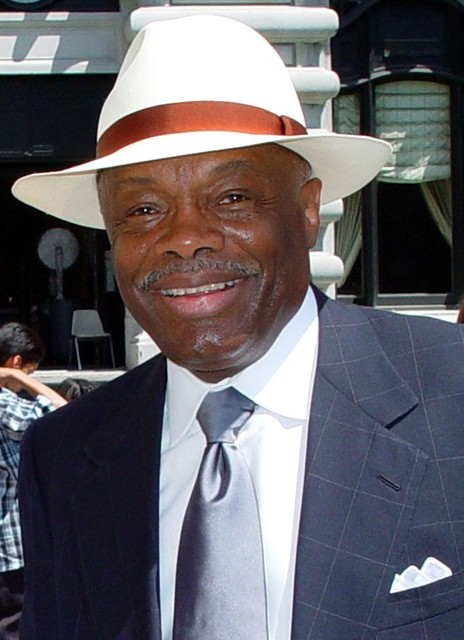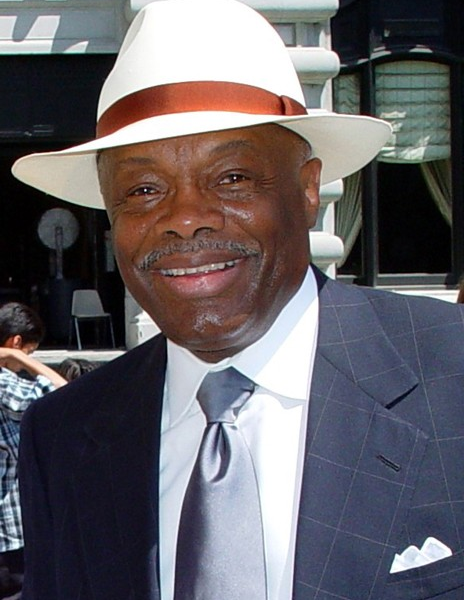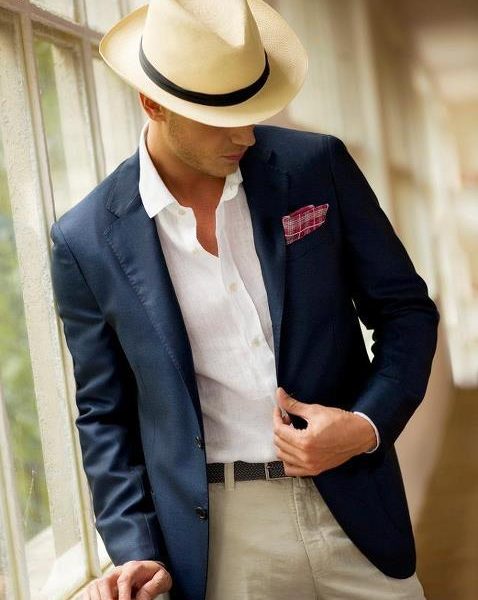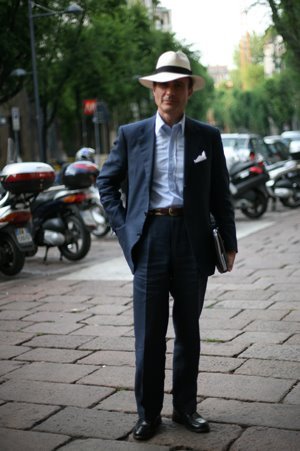
Tomorrow, May 15th, is Straw Hat Day in the United States. This marks the day when men are supposed to put away their felt hats and dust off their straw ones. There are a number of designs in this field, but the king of them all, to my mind, is the Panama.
Despite its name, the Panama actually comes from Ecuador, where they’re still being made. It’s a specialized cottage industry there, at least for the best handmade, hand-woven versions. Unfortunately, new blood isn’t entering the trade, so as the artisans who do this kind of work die off each year, the prices for the finest Panamas goes up.
In some ways, the Panama is rather simple. It has a crown, brim, and usually a black ribbon. The quality of the hat is judged on the suppleness of the fibers and the fineness of the weave. The best versions, for example, are Monticristis, which are so finely woven and supple, they can almost feel like linen cloth. Imagine the production process – someone cuts down and prepares the fibers from long-stalked jipijapa plants, selects out the best ones, and then sends them to someone to “cut” the stalks into thin fibers with their fingernails. These “threads” are then woven together by hand to form the hat, and the blocking is either done by machine or hand, depending on the quality that is sought.
The best Panama suppliers I know of are Panama Bob, Panama Hat Company, Optimo, and Lock & Co. Many consider the first two to give the best value, but if you’re just buying your first Panama, it can be useful to find a hat store in your city, so that you can try one on in person and see which models you like best. Expect to pay about $100-125 for the most basic versions.


